
“Some Capsules Contain Poison” (October 3, 1982)
by Charles Phillip Bissell (1926 -)
10.5 x 13.5, ink and wash on board
Coppola Collection
In 1960, Boston Globe cartoonist Phil Bissell, working for $25 a day, was handed an assignment that would change his life—and the lives of fans of the brand-new AFL football team coming to Boston. “Sports editor Jerry Nason came to me and he said, ‘They’ve decided to call the team the Boston Patriots. You better have a cartoon ready for tomorrow’s edition.’” Bissel’s “Pat Patriot” cartoon was the Patriot’s logo from 1961-1992.
On Sept. 29, 1982, three people died in the Chicago area after taking cyanide-laced Tylenol at the outset of a poisoning spree that would claim seven lives by Oct. 1. The case has never been solved.
Food and Drug Administration officials hypothesized that the killer bought Extra-Strength Tylenol capsules over the counter, injected cyanide into the red half of the capsules, resealed the bottles, and sneaked them back onto the shelves of drug and grocery stores. The Illinois attorney general, on the other hand, suspected a disgruntled employee on Tylenol’s factory line.
Without a suspect, public outrage could have fallen squarely on Tylenol — the nation’s leading painkiller. Instead, by quickly recalling all of its products from store shelves, a move that cost Johnson & Johnson millions of dollars, the company emerged as another victim of the crime and one that put customer safety above profit.
Hundreds of copycat attacks involving Tylenol, other over-the-counter medications, and other products also took place around the United States immediately following the Chicago deaths.
The incidents led to reforms in the packaging of over-the-counter substances and to federal anti-tampering laws.

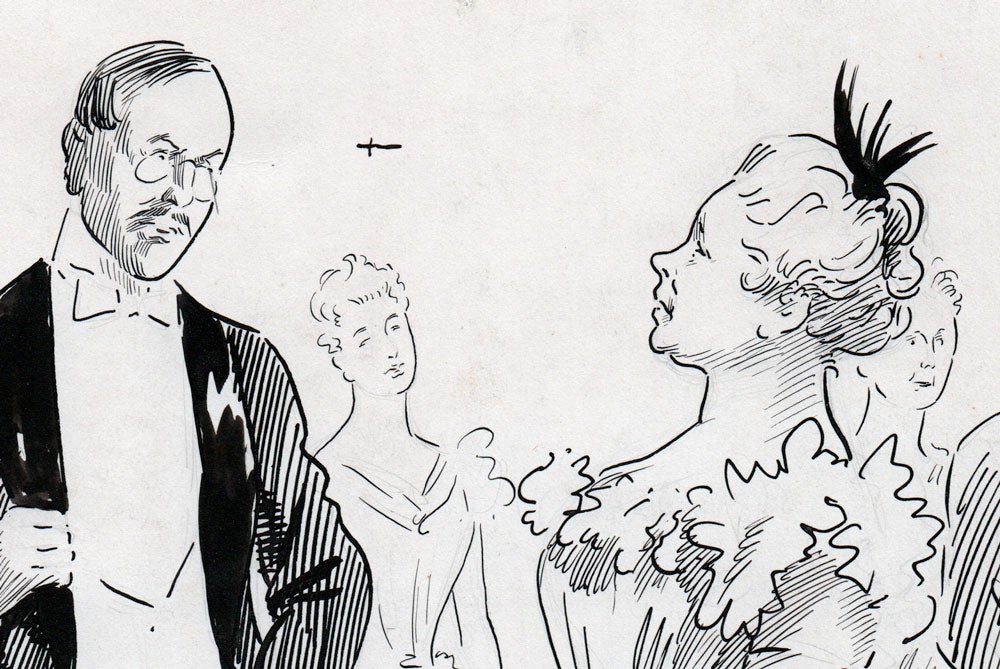






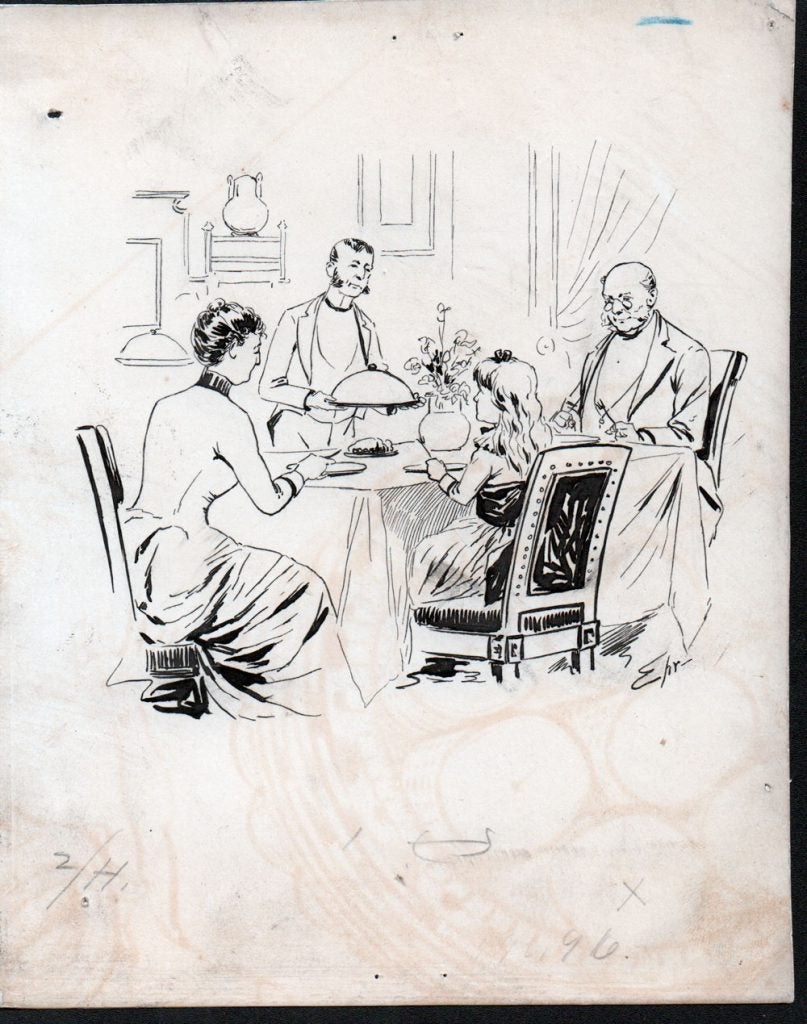



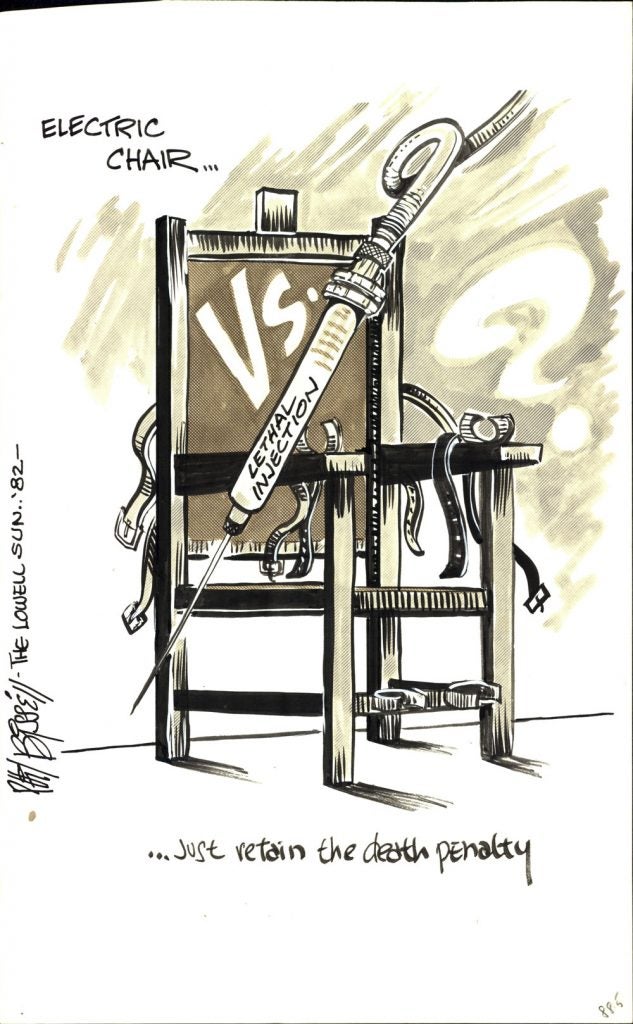
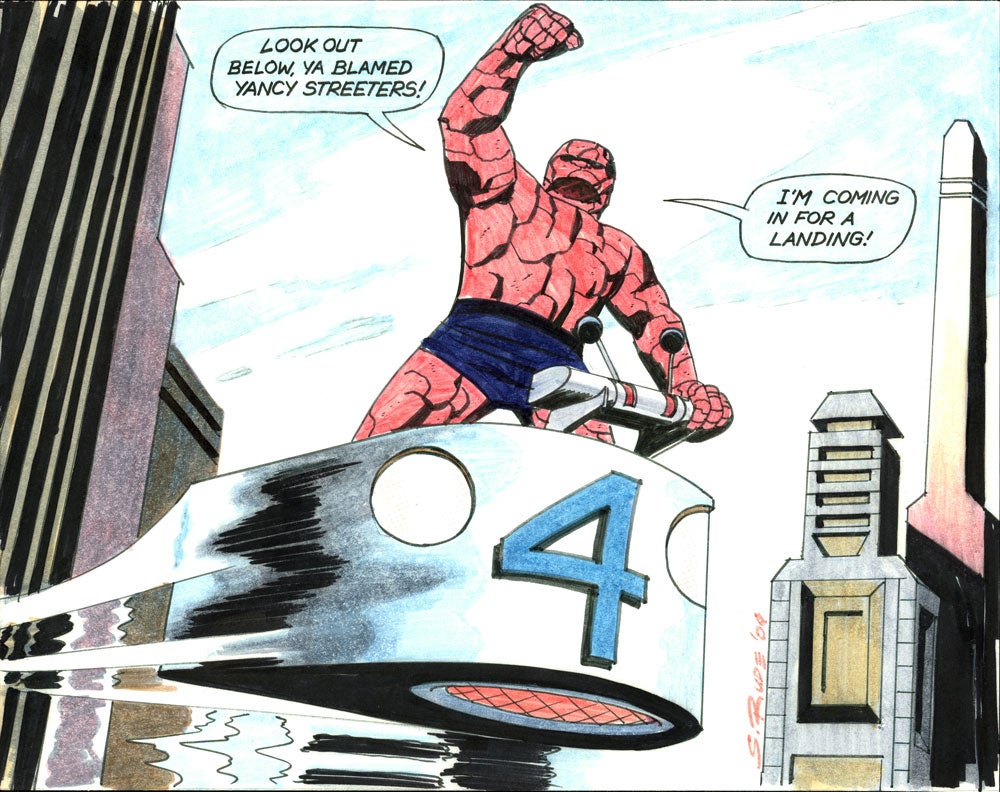
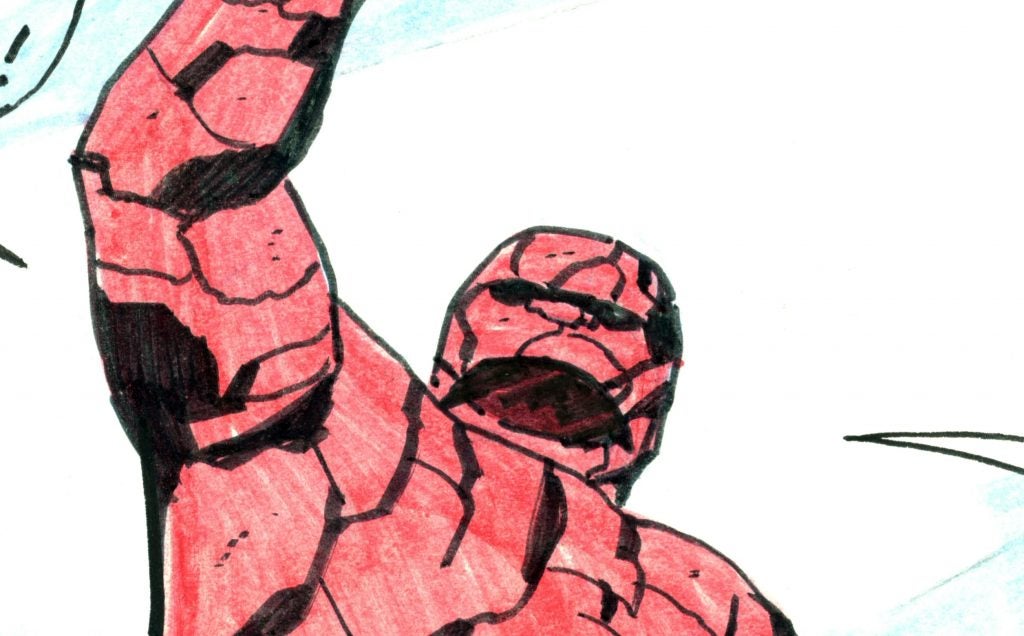

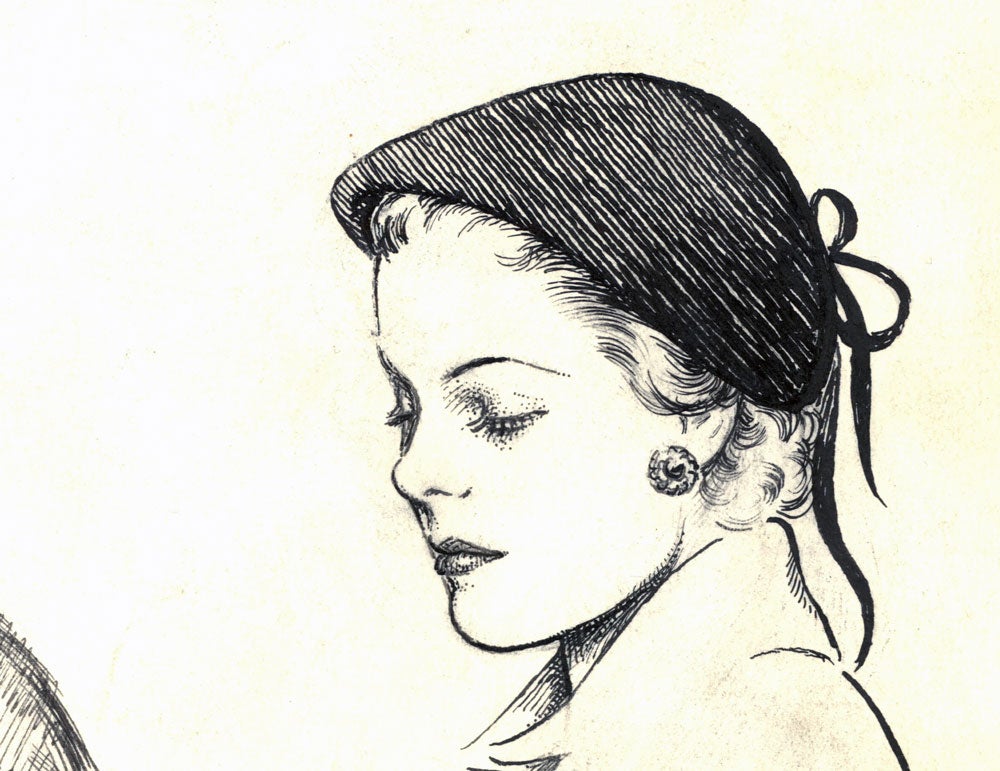

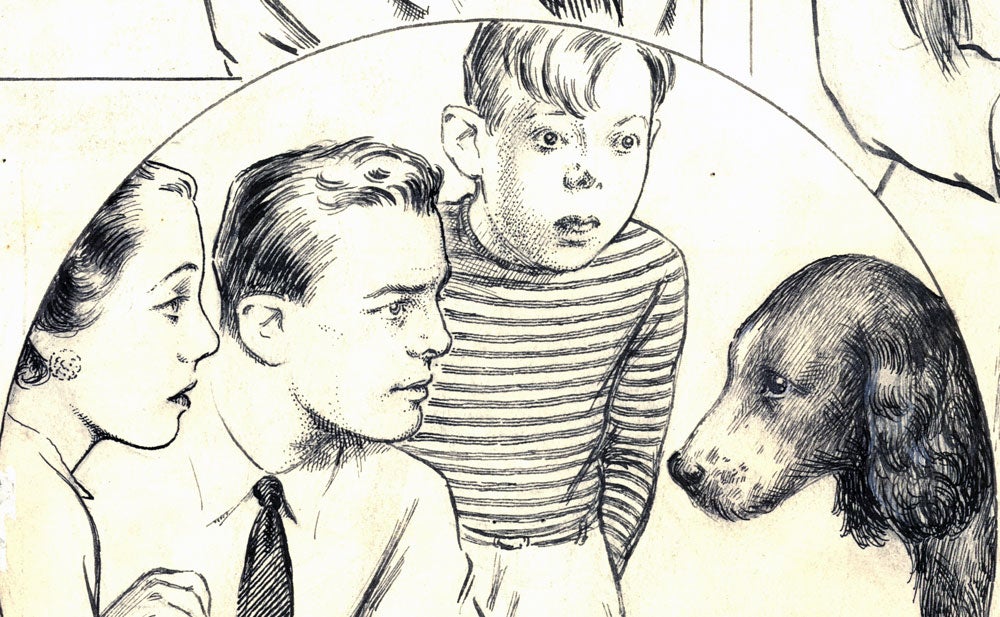

 “A Big Catch” (parts 1 & 2)
“A Big Catch” (parts 1 & 2)


